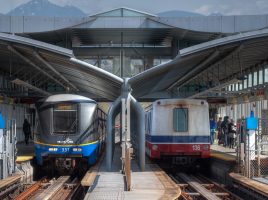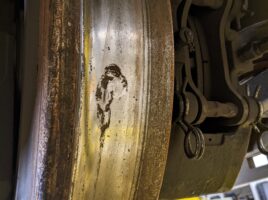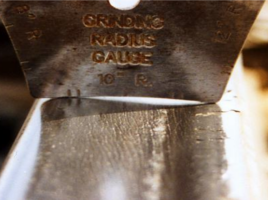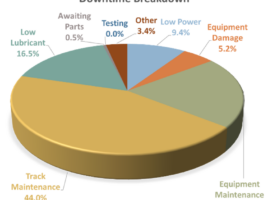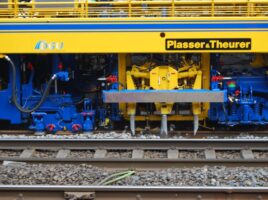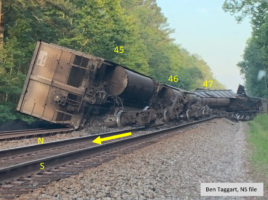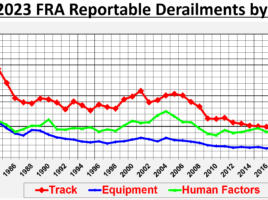
Digging Into Cause Codes for Track-Related Derailments
by Jeff Tuzik Derailments have many causes. Some are fairly simple and straightforward, others involve a complex combination of factors and circumstances. Determining the root causes is what keeps derailment investigators busy, and what helps railroads avoid such derailments in the future. Over the years, and over the course of …


